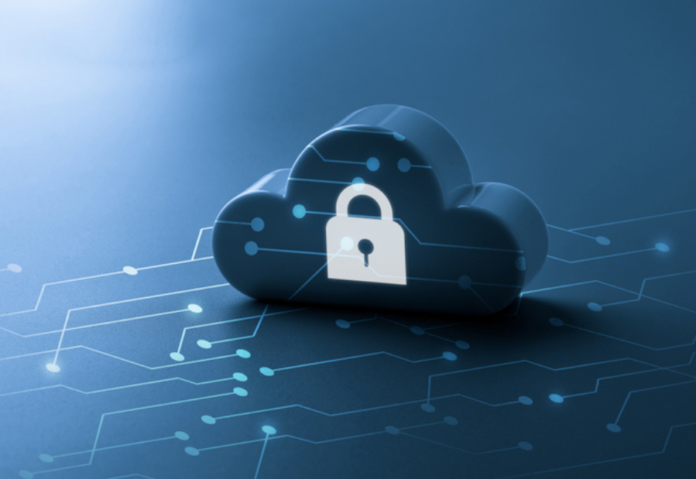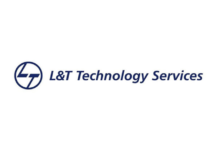Introduction to Cloud Security
Ensuring the security of cloud environments is crucial in today’s digital landscape, when organizations rely significantly on cloud computing for processing, storage, and communication. Organizations must implement strong security measures to protect their data and infrastructure due to the growing frequency and complexity of cyberattacks.
Understanding Cloud Security Threats
Numerous security risks, including as malware attacks, insider threats, data breaches, and unauthorized access, can affect cloud infrastructures. The confidentiality, availability, and integrity of data stored in the cloud are seriously jeopardized by these dangers.
Best Practices for Securing Your Cloud
Encryption and Data Protection
To avoid unwanted access, sensitive data must be encrypted before being stored on the cloud. Data security both in transit and at rest is ensured by putting encryption methods like SSL/TLS into practice.
Access Control and Identity Management
By putting in place robust identity management systems and access restrictions, sensitive data may be kept out of the hands of unauthorized people. Multi-factor authentication (MFA) and role-based access control (RBAC) are efficient methods for managing user access.
Regular Updates and Patch Management
Addressing known vulnerabilities and reducing security risks require routinely applying the most recent security fixes to cloud apps and infrastructure. This procedure may be streamlined and timely updates can be guaranteed using automated patch management systems.
Monitoring and Logging
Organizations can identify and address security events instantly by putting in place strong monitoring and logging systems. Suspicious activity may be quickly detected and dealt with by keeping an eye on user actions and network traffic.
Disaster Recovery and Backup Solutions
In the case of a system breakdown or security breach, having a thorough disaster recovery strategy in place is crucial for reducing downtime and data loss. Frequent data backups to safe off-site locations guarantee speedy restoration of important data.
Implementing Multi-Factor Authentication (MFA)
By forcing users to give various forms of verification before to accessing cloud resources, multi-factor authentication (MFA) offers an additional layer of protection. MFA dramatically lowers the danger of unwanted access by fusing the user’s knowledge (password) with their possessions (token or biometric information).
Using Secure APIs
Communication between various cloud services is made possible in large part via Application Programming Interfaces (APIs). However, unsecured APIs might provide hackers access to private information. This risk may be reduced by putting secure API procedures, including permission and authentication, into place.
Regular Security Audits and Assessments
Finding flaws and vulnerabilities in cloud apps and infrastructure is facilitated by routinely conducting security audits and assessments. Organizations may improve their overall security posture and lower the risk of data breaches by proactively resolving security weaknesses.
Training and Awareness Programs
Establishing a culture of security awareness inside a company requires teaching staff members about security best practices and the value of keeping a security-conscious attitude. Frequent training sessions and materials assist staff in identifying and successfully addressing security risks.
Compliance with Industry Regulations
Organizations that operate in regulated sectors including government, healthcare, and finance must adhere to industry-specific rules and norms. Maintaining adherence to regulations like GDPR, HIPAA, and PCI-DSS helps reduce the financial and legal risks that come with non-compliance.
The Role of Cloud Service Providers
In order to guarantee the security of cloud environments, cloud service providers are essential. To make sure that cloud providers’ security procedures and certifications meet corporate security standards, it is crucial to assess them.
Continuous Improvement and Adaptation
Cloud security is a continual process that has to be improved upon and adjusted to new threats and technological advancements. Organizations may improve their security posture and successfully mitigate new risks by keeping up with the most recent security trends and best practices.
Challenges and Considerations
Notwithstanding the advantages of cloud computing, enterprises have a number of difficulties in putting in place efficient security measures. To overcome these obstacles and guarantee strong cloud security, scalability, complexity, and resource limitations must be addressed.
Future Trends in Cloud Security
The challenges to cloud security are always changing along with technology. The future of cloud security will be greatly influenced by emerging technologies like artificial intelligence, machine learning, and quantum computing.
Conclusion
Protecting sensitive data, upholding regulatory compliance, and preserving the reputation of your company all depend on the security of your cloud infrastructure. Organizations may reduce the risks associated with cloud computing and guarantee a safe and reliable IT environment by putting best practices like encryption, access control, and frequent security audits into effect.






